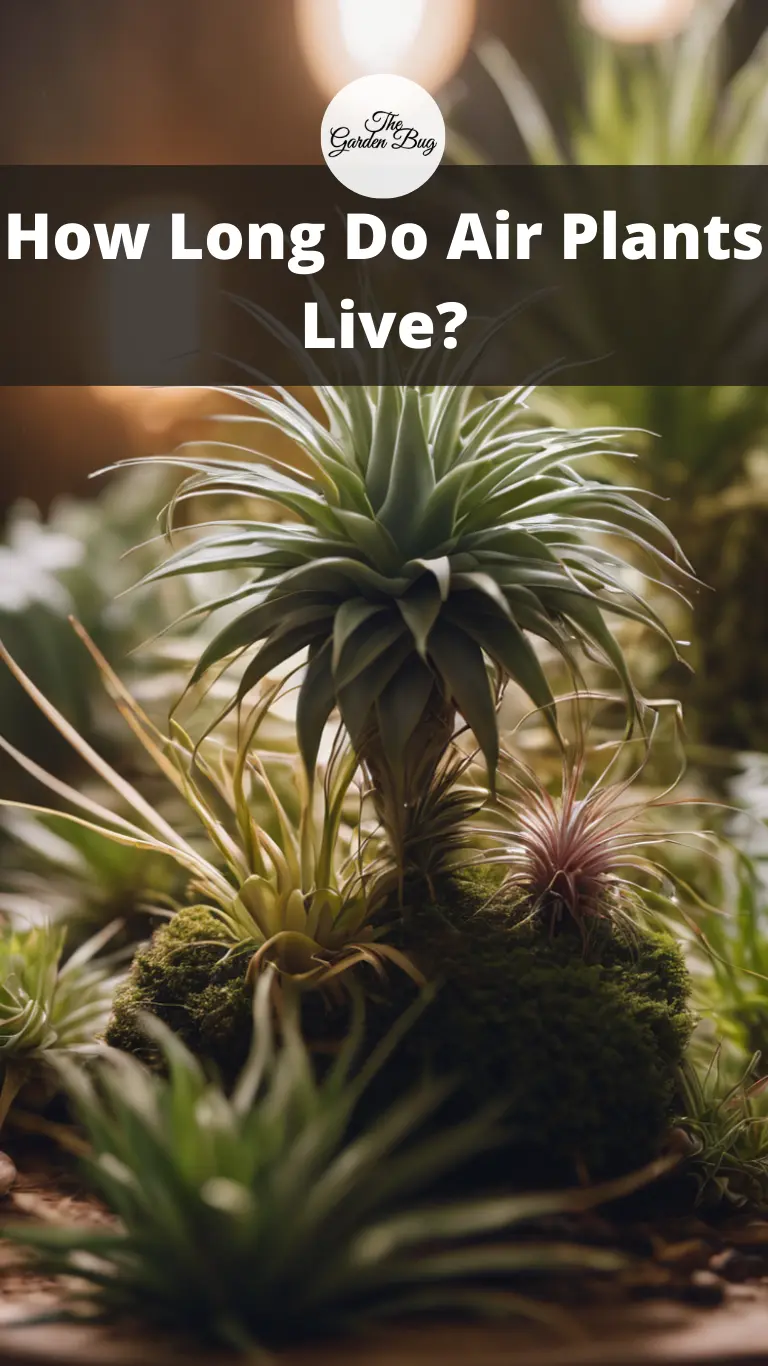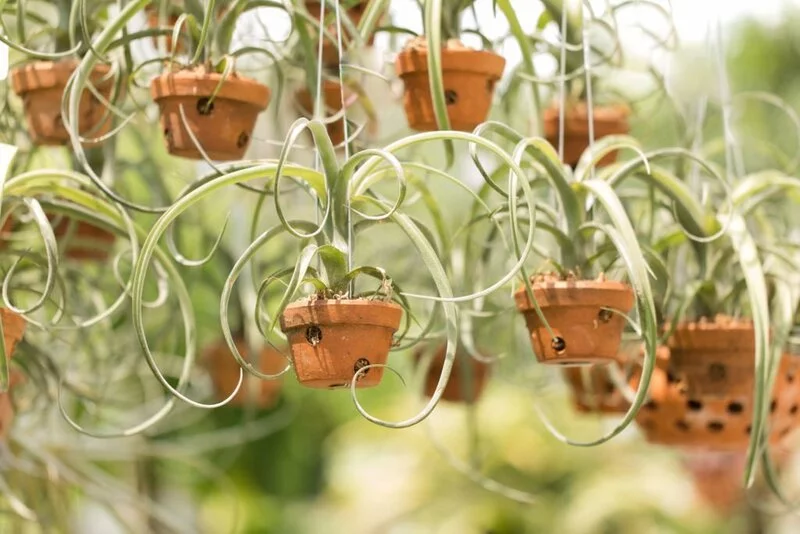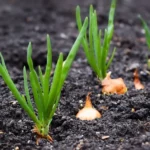Hello there, plant enthusiasts! Today, let’s delve into the fascinating world of air plants. These quirky, resilient, and versatile plants, known scientifically as Tillandsias, are a remarkable phenomenon of the plant kingdom. Unlike most other plants, air plants don’t need soil to grow, absorbing water and nutrients through their leaves. But here’s a question that you might be pondering: how long do these unique plants live? The answer isn’t simple, as their lifespan can vary greatly depending on various factors. However, under optimal conditions, most air plants can live for several years and even up to a decade!
What Affects an Air Plant’s Lifespan
Just like us, air plants have certain needs, and meeting those needs can greatly influence how long they live. Here are some key factors that can affect the lifespan of an air plant:
- Care: The right care is critical to an air plant’s lifespan. This includes factors such as watering, light exposure, temperature, and air circulation.
- Environment: Air plants are native to the forests, mountains, and deserts of Central and South America. They thrive in environments that mimic these natural habitats.
- Genetic Factors: Just as in other living beings, genetics can play a part. Some species of air plants naturally have longer lifespans than others.
- Health: Healthy air plants are more likely to have longer lives. This includes avoiding pests and diseases, and ensuring the plant receives the right nutrients.
In the following sections, we’ll explore the lifecycle of an air plant and learn how to prolong their lives with proper care. Ready to go on this botanical journey? Let’s dive in!
The Lifecycle of an Air Plant
Air plants lead fascinating lives, complete with growing, blooming, and reproducing phases. Let’s look at the key stages:
- Growth: After germination, air plants enter a phase of growth where they develop leaves and extend their root-like structures, called trichomes, which they use to latch onto trees, rocks, or even the air around them!
- Blooming: Once mature, air plants produce a singular, spectacular bloom. The plant changes color, and a bright, beautiful flower emerges from its center.
- Reproduction: After blooming, an air plant begins its most exciting stage – producing offspring, or ‘pups’. These baby plants grow from the base of the mother plant and will eventually mature and bloom on their own.
Unfortunately, once an air plant has gone through its blooming and pupping stages, it will slowly begin to decline and eventually die. But don’t worry, by this point, you should have several baby plants continuing the cycle!
How to Prolong the Life of Your Air Plant
If you want your air plant to live a long, happy life, you need to provide it with the right care:
- Light: Air plants need bright, indirect light. A north or east-facing window is often perfect.
- Water: Air plants absorb water through their leaves. Soak them in a water bath for about 30 minutes once a week, then let them dry out completely.
- Air Circulation: Good air flow is vital for air plants. They prefer open spaces where air can freely circulate.
- Temperature: Most air plants prefer temperatures between 50-90 degrees Fahrenheit.
- Nutrition: Use a bromeliad or tillandsia fertilizer every 2-4 weeks to ensure your air plant gets the nutrients it needs.
With these tips, you can help your air plant thrive for years and enjoy its beautiful blooms and delightful pups. Keep reading for answers to frequently asked questions about air plant lifespan and some final thoughts on the remarkable journey of raising air plants.
Frequently Asked Questions about Air Plant Lifespan
It’s time to tackle some common questions that often pop up when it comes to the lifespan of air plants:
- Can an air plant come back to life? If an air plant is severely dehydrated, it might appear dead but can often be revived with a good soak in water. However, if the plant has turned brown or mushy, it might be beyond saving.
- How often should I water my air plant? A weekly soak is generally sufficient. However, in dry or hot conditions, you may need to mist them in between soaks.
- Can air plants live indoors? Absolutely! In fact, most people keep air plants indoors. Just ensure they get enough light and air circulation.
Conclusion
And there you have it, your guide to understanding the lifespan of air plants. These fascinating, adaptable plants can offer years of enjoyment with their intriguing growth patterns and captivating blooms. Like any living thing, they require attention and care, but the reward is well worth the effort.
Remember, the key to a long-lived air plant is to provide the conditions it needs to thrive: bright, indirect light; regular watering; good air circulation; suitable temperatures, and the right nutrition.
The beautiful part of this journey? Witnessing your air plant bloom and produce pups, ensuring that while the parent plant’s life may be finite, its lineage continues. Keep caring for your air plants, and they will keep rewarding you with their unique beauty! Here’s to many years of air plant parenthood. Enjoy the journey!



